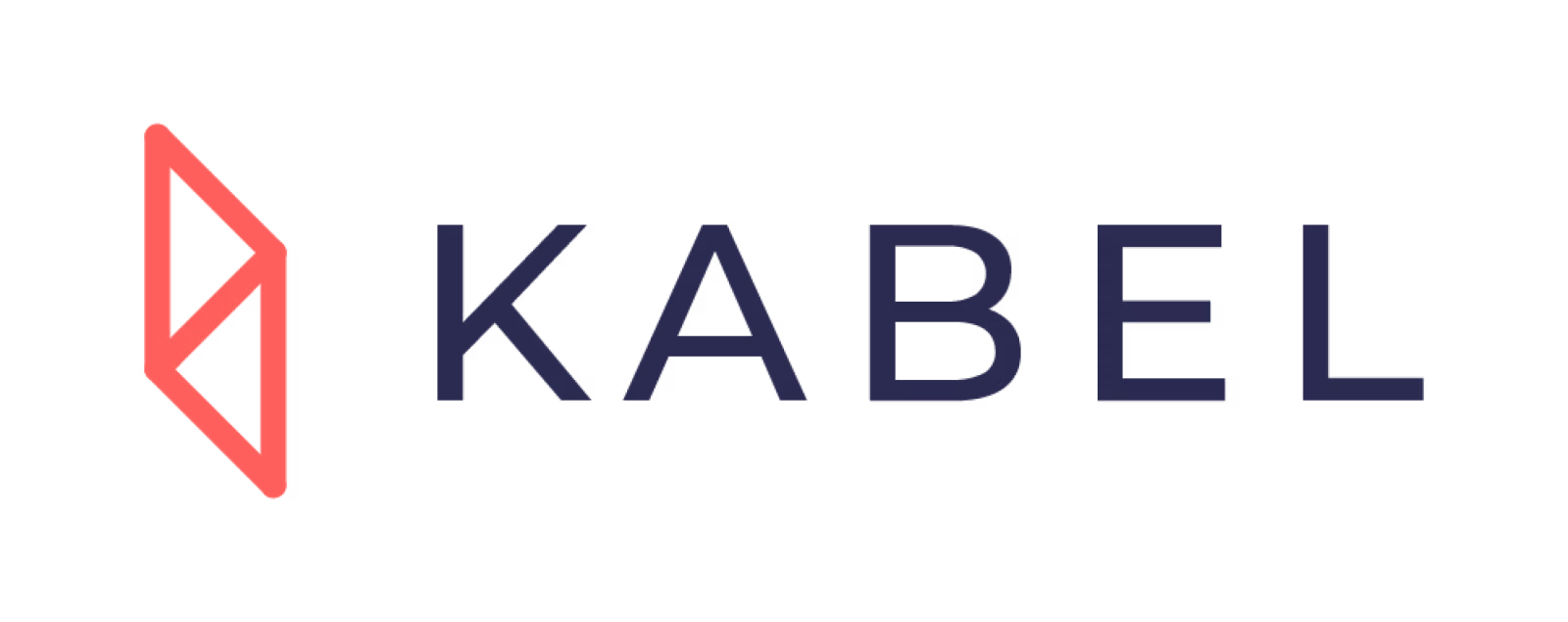How to Build a High-Impact Internship Plan
- Managers see internships as distractions.
- Interns leave without learning anything useful.
- HR can’t justify the ROI.
It’s not that interns lack talent, it’s that most programs lack structure.
The Shift: From Short-Term Help to Long-Term Capacity
Both SMEs and corporates face the same challenges: growing operational backlogs, tight budgets, and digital skill demands that evolve rapidly.
The solution isn’t simply hiring more people. It’s designing internships that build capacity while developing future talent.
High-impact programs share one core belief: Interns are contributors, not assistants.
What a High-Impact Internship Plan Looks Like
Here are five simple, repeatable steps any business can apply.
1. Define Outcomes, Not Job Titles
Start by identifying business bottlenecks, not departments.
Examples:
- Automate weekly marketing reports.
- Map customer data into a central CRM.
- Benchmark competitor online pricing.
Each goal should produce a tangible deliverable such as a dashboard, workflow, or report. Clear outcomes keep interns focused and mentors aligned.

2. Create Project Briefs, Not To-Do Lists
Replace vague task lists with short project briefs that clarify:
- Objective: What problem does this solve?
- Expected Output: What will be delivered?
- Timeline: How long will it take?
- Tools: Which platforms or data will be used?
This builds ownership instead of dependency.
3. Pair Interns with Mentors Who Coach, Not Manage
A mentor guides thinking rather than controls each step.
Questions mentors should ask:
- “What did you learn from this test?”
- “How could this workflow be automated further?”
- “What would you try next?”
This develops confidence and problem solving. Mentors also gain valuable digital insights from Gen Z talent in return.
4. Build Learning Loops Inside the Workflow
Turn internships into iterative learning systems:
- Weekly check-ins to measure progress and remove blockers.
- Mid-project reviews to capture learnings early.
- Final showcase where interns present solutions to leadership.
This rhythm transforms internships into mini innovation labs.
5. Measure What Matters
Instead of time spent or attendance, track:
- Time saved through automation
- Campaigns executed or improved
- Data accuracy or reporting improvements
- New tools tested or adopted
Structured internships often outperform outsourcing or additional junior hires in both cost and capability development.
For SMEs: Agility Without Heavy Cost
SMEs can rotate Digital Agents or skill-ready interns every three months to:
- Keep operations lean
- Test digital tools faster
- Build a cost-efficient talent pipeline
This delivers real work output while identifying future hires early.
For Enterprises: Innovation from the Inside
Enterprises are reframing internships as innovation sprints tied to transformation goals, such as:
- Data process automation
- AI workflow experimentation
- Sustainability reporting systems
Interns prototype ideas that full-time teams are too overloaded to explore. Many internal breakthroughs start this way.
Final Thought
A high-impact internship plan isn’t about increasing headcount. It’s about building a learning system that multiplies execution.
When interns have structure, mentorship, and measurable goals, they don’t just learn, they deliver.
The Kabel Internship Planning Guide
Get the complete framework, templates, and project brief examples to help you start.






